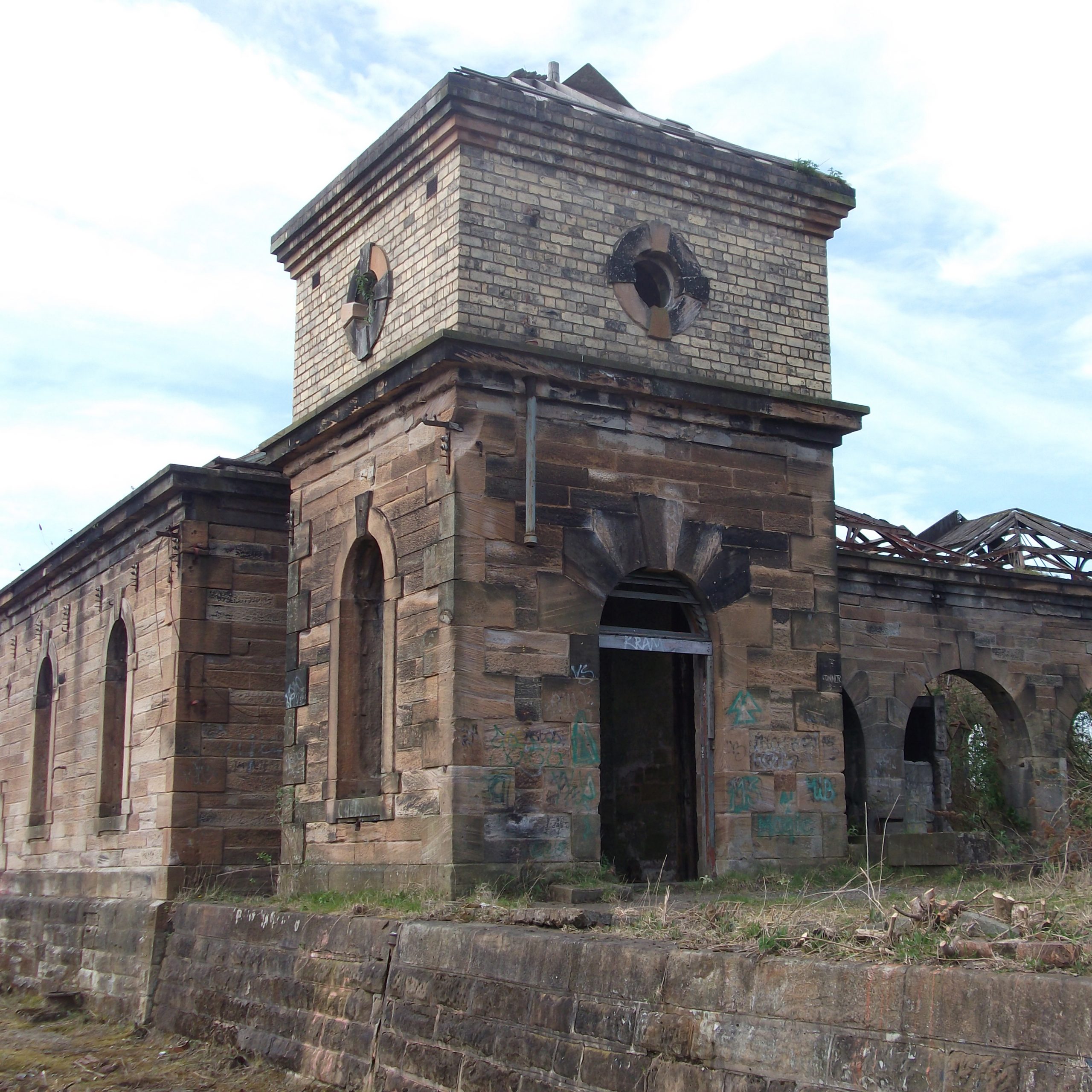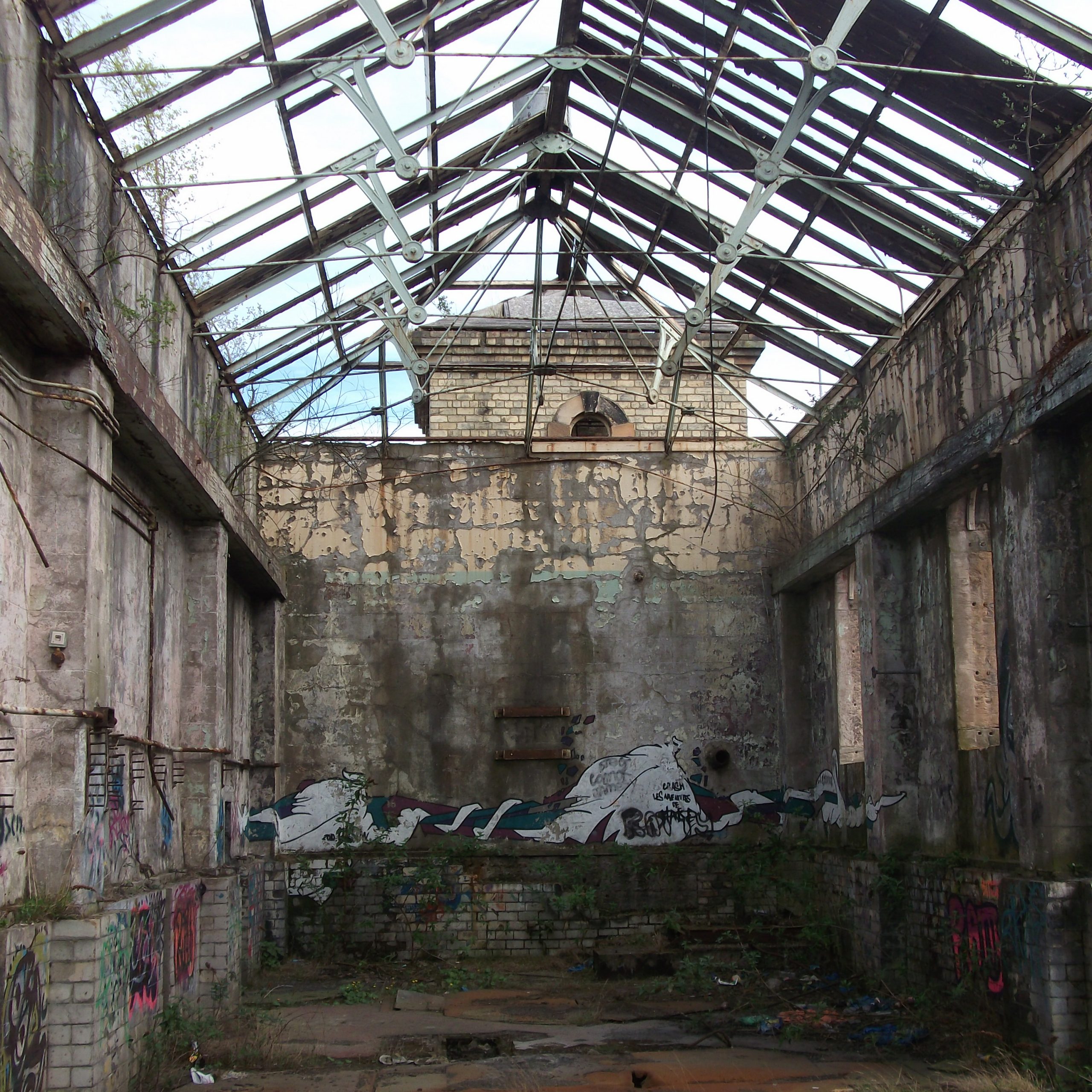Welcome
Having lain derelict for almost 40 years Govan Graving Docks is at the centre of ambitious plans to create a new, vibrant mixed-use neighbourhood.
The development is being led by New City Vision (NCV) working closely with a range of partners and enthused about creating a new economically robust neighbourhood which will contribute to the local and city-wide economy.
A planning application has now been submitted for the residential component of our vision to regenerate the site. Further information on these plans can be found under the ‘Homes & Community’ tab.
The new proposals encourage a bold and imaginative balance between creating new homes, preserving, repairing, and reopening the docks for historical ship repairing, while inviting other exciting and compatible uses.


Post-industrial Regeneration and Working With the Local Community
The regeneration of such an extensive piece of post-industrial land has attracted widespread interest with consultation already underway about a significant element of the site evolving into a community enterprise. This venture distinguishes the new proposals from previous attempts to develop Govan Graving Docks.
The docks are included within the current City Development Plan as a residential site, and if approved the plans would be partly cross-funded by the development of new housing along the southern boundary of the site.
This would reinforce the sense of an extension to the wider Govan community as well as increasing the supply of high-quality new homes.
The vision for the new plans has been the subject of widespread consultation over the past two years and reflects broad support to bring the historic site back into use. The site extends to almost 22 acres, with the Grade A listed Dry Docks taking up more than 50% of that.
Bringing Historic Ships Back to the Clyde
Dock No1, the first of the dry docks to be constructed in 1875, will be reopened as a working dry dock again for the first time in more than 40 years. The Docks and Piers Trust has agreed an initial five-year lease to carry our repair work to historic ships. The Trust has already identified several historic vessels and work is already underway in establishing the necessary technical and statutory consents to allow the enterprise to commence. As well as providing the potential for local jobs and training opportunities, it is hoped the refurbished dry dock will eventually become a popular visitor attraction.




Bringing the Pumphouse Back to Life
The Pumphouse is the sole remaining building on the site and sits on the northern edge of the site on the Clyde. Discussions are being held with numerous parties about restoring and repurposing the building. The immediate priority is to stabilise the fabric of the building and a range of temporary uses are being considered while a long-term plan is finalised.
Community Engagement
The wider regeneration plan is formally being launched in June 2022 and there has already been huge interest and support in the range and ambition of the project. We will continue to encourage that support and engage as widely as we can with the local community.
A History of Govan Graving Docks
The Graving Docks were built for the Clyde Navigation Trust between 1869 and 1898 during the years when the Clyde yards led the world in the building of sophisticated merchant ships.
While they provided ship repair facilities for vessels using the river, the docks were predominantly used to allow vessels built on the Clyde to be dry-docked before delivery. Ship builders needed to dock their new vessels for final painting, while ship owners wanted to have surveys and repairs carried out at the end of a voyage.
Each of the three docks – No1, No2 and No3 – could take the largest ship afloat at the time of completion, and the development of constructional techniques is well illustrated in a series of changes in design ranging from the massive granite walls of No1 dock (1869-75) to the mass concrete of No3 (1898).
Govan Dry Docks was the main public docks for Glasgow and the west coast of Scotland. The sheer size of the structures meant there was often more than one boat berthed in a single dock. For example, three steamer ships could be docked together in Dock No3 at once. Clyde Steamers extensively used the docks for winter refits and annual overhauls before the following summer season.
The three dry docks are large masonry and concrete structures with stepped sides and iron caisson gates to the River Clyde. To the west of the site is the Harbour Basin. Stag street runs North South and divides the site into the Listed and non- Listed parts. The Pumphouse building runs alongside the oldest and most northerly Dock No1 on a land peninsula and Quayside area of cobbled and infilled made ground fronting onto the Clyde.







